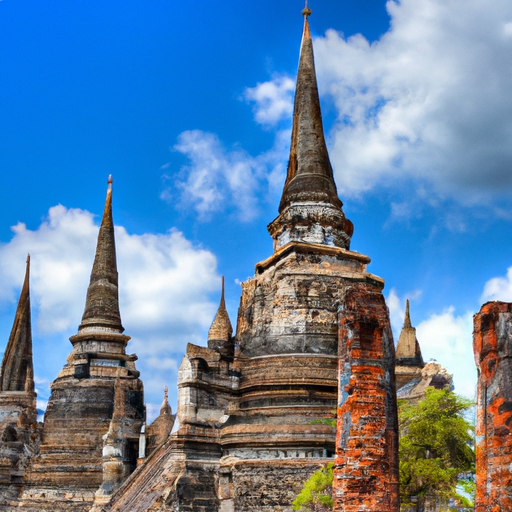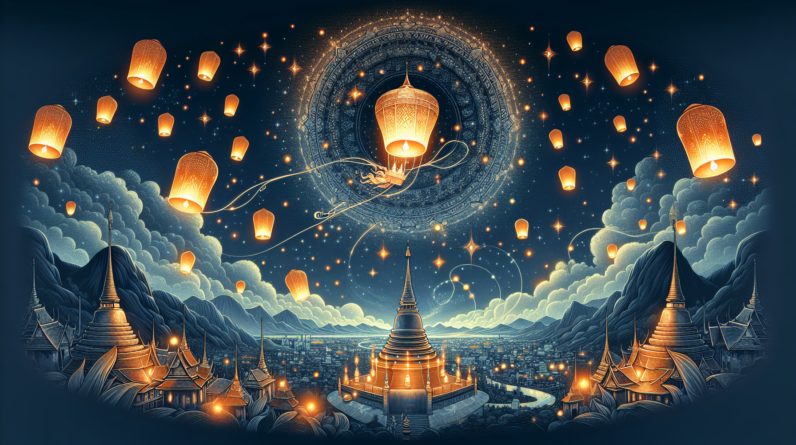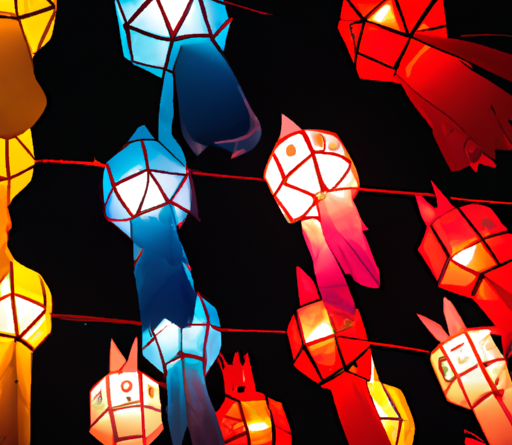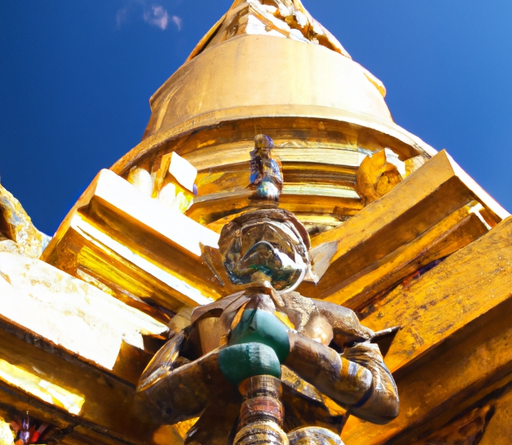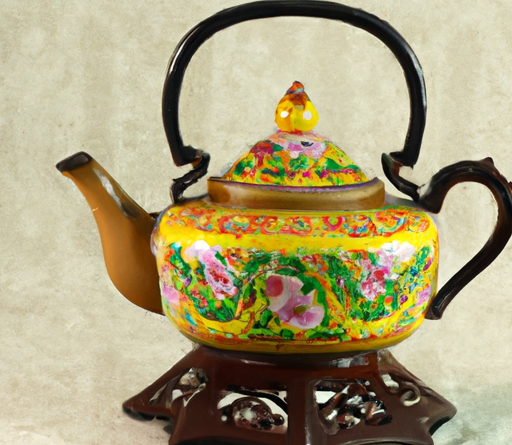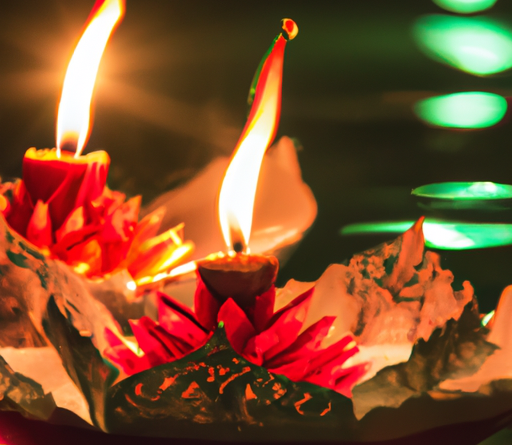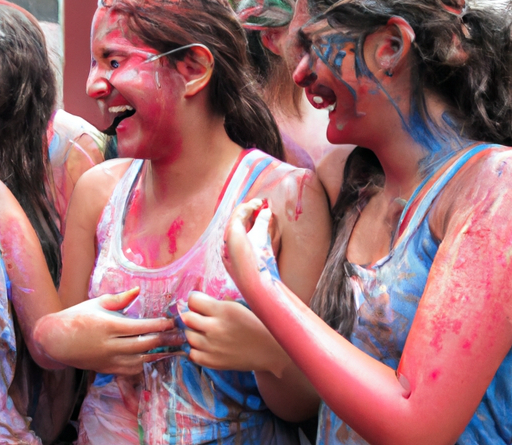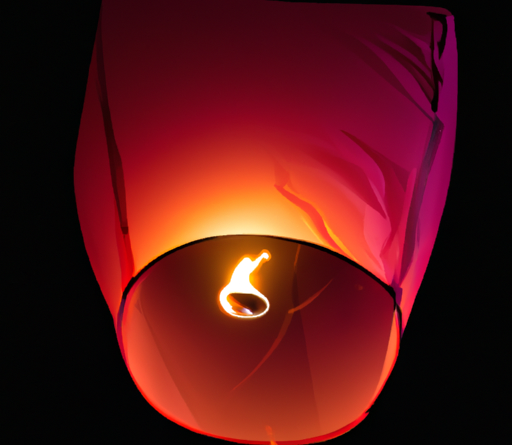
Thailand’s vibrant cultural festivals are a sight to behold, and you wouldn’t want to miss the opportunity to experience them at their best. In this curated guide, we’ll take you on a journey through the ideal seasons for Thailand’s cultural festivals, where you’ll discover the enchanting beauty and charm of these celebrations that will leave you in awe. From the dazzling lights of Loy Krathong in November to the vibrant colors of Songkran in April, get ready to immerse yourself in Thailand’s rich cultural heritage and create memories that will last a lifetime.
H2 Heading 1: Songkran Festival
H3 Subheading 1: History and significance
The Songkran Festival is an important event in Thailand that marks the traditional Thai New Year. It is a time when people come together to celebrate and pay respects to their ancestors. The festival is deeply rooted in Thai culture and has been celebrated for centuries. It is known for its water fights and playful celebrations, symbolizing the washing away of the past year’s misfortunes and starting fresh.
H3 Subheading 2: Ideal season and dates
the Songkran Festival is typically celebrated from April 13th to April 15th each year. This period coincides with the hottest time of the year in Thailand, making it the perfect time for water-based activities and celebrations. The festival is not limited to a specific region and is celebrated throughout the country, with some cities like Chiang Mai and Bangkok being particularly popular destinations for Songkran festivities.
H3 Subheading 3: Festivities and traditions
During the Songkran Festival, the streets come alive with water fights and joyful celebrations. People armed with water guns and buckets roam the streets, drenching anyone in their path. The water symbolizes the cleansing of sins and bad luck from the past year. Traditional rituals such as visiting temples and making merit are also an integral part of the festival. Many people travel back to their hometowns to spend the holiday with their families, making it a time for reunion and strengthening familial bonds.
H2 Heading 2: Yi Peng Lantern Festival
H3 Subheading 1: History and significance
The Yi Peng Lantern Festival, also known as the Floating Lantern Festival, is a spectacular event that takes place in Thailand and is celebrated by releasing thousands of glowing lanterns into the sky. The festival is deeply rooted in Buddhist traditions and symbolizes the release of negative emotions and the welcoming of positive energy and good fortune.
H3 Subheading 2: Ideal season and dates
The Yi Peng Lantern Festival typically takes place in November, during the cooler and drier season in Thailand. The exact dates vary from year to year, as they are determined by the lunar calendar. The festival is most famously celebrated in the city of Chiang Mai, where thousands of lanterns light up the night sky, creating a breathtaking sight.
H3 Subheading 3: Festivities and traditions
During the Yi Peng Lantern Festival, people gather together to release lanterns into the sky. It is believed that as the lantern soars high, it carries away negative energy and brings good luck and blessings for the upcoming year. The sky becomes illuminated with floating lanterns, creating a magical and serene atmosphere. In addition to releasing lanterns, the festival also features cultural performances, traditional Thai music, and delicious local cuisine.
H2 Heading 3: Loy Krathong Festival
H3 Subheading 1: History and significance
The Loy Krathong Festival is an enchanting celebration that takes place in Thailand, where people release beautifully decorated floating baskets, known as “krathongs,” into rivers and lakes. The festival has its roots in Brahmanic and Buddhist traditions and is a way for people to show gratitude to the water goddess and symbolically let go of negative emotions and experiences.
H3 Subheading 2: Ideal season and dates
The Loy Krathong Festival usually occurs in November, during the cool and dry season in Thailand. It is celebrated on the night of the full moon of the twelfth lunar month. The festival is celebrated nationwide, with some of the most popular locations being Bangkok, Chiang Mai, and Sukhothai.
H3 Subheading 3: Festivities and traditions
During the Loy Krathong Festival, people gather near bodies of water to release their krathongs. The krathongs are made from natural materials such as banana leaves, flowers, and candles. As the krathongs float away, it is believed that they carry away negative energy and bring good luck and prosperity. The festival also includes traditional dance performances, beauty pageants, and firework displays.
H2 Heading 4: Phi Ta Khon Festival
H3 Subheading 1: History and significance
The Phi Ta Khon Festival, also known as the Ghost Festival, is a unique and vibrant event celebrated in the Dan Sai district of Thailand. The festival combines playful traditions with spiritual beliefs and is believed to bring good fortune and protection from evil spirits.
H3 Subheading 2: Ideal season and dates
The Phi Ta Khon Festival is usually held in June or July, during the rainy season in Thailand. The exact dates vary each year and are determined by the lunar calendar. The festival lasts for several days and attracts both locals and tourists to witness its colorful and lively processions.
H3 Subheading 3: Festivities and traditions
The Phi Ta Khon Festival is known for its elaborate masks and costumes worn by participants. The festival features parades, traditional music, and dance performances. The highlight of the festival is the ghost procession, where people dress up as spirits and roam the streets, creating a lively and festive atmosphere. The festival also includes various ceremonies and rituals that are believed to bring good fortune and prosperity to the community.
H2 Heading 5: Pattaya International Music Festival
H3 Subheading 1: History and significance
The Pattaya International Music Festival is an annual event that showcases a wide variety of music genres and performers from around the world. It is one of the largest music festivals in Southeast Asia and attracts music lovers from all across the globe.
H3 Subheading 2: Ideal season and dates
The Pattaya International Music Festival is usually held in March, during the dry season in Thailand. The festival spans over three days and takes place along the famous Pattaya Beach. The warm weather and lively beach atmosphere make it an ideal location for a music festival.
H3 Subheading 3: Festivities and traditions
During the Pattaya International Music Festival, attendees can enjoy performances by both local and international artists across multiple stages. The festival showcases a diverse range of music genres, including pop, rock, EDM, jazz, and more. In addition to the live performances, there are also food stalls, art installations, and other entertainment options available to enhance the festival experience.
H2 Heading 6: Chiang Mai Flower Festival
H3 Subheading 1: History and significance
The Chiang Mai Flower Festival is a vibrant celebration of the city’s floral beauty. It is a three-day event that showcases the diverse array of flowers and plants found in the region. The festival is not only a feast for the eyes but also a way for the locals to honor and appreciate nature’s beauty.
H3 Subheading 2: Ideal season and dates
The Chiang Mai Flower Festival is typically held in February when the weather is cool and pleasant in Chiang Mai. The festival coincides with the blossoming of many flowers, including the famous “Nong Buak Haad” park filled with colorful blooms. The festival attracts both locals and tourists who want to immerse themselves in the breathtaking floral displays.
H3 Subheading 3: Festivities and traditions
During the Chiang Mai Flower Festival, the streets of Chiang Mai are adorned with flower-covered floats and beautiful displays. The festival features parades, traditional dances, and beauty pageants, with participants dressed in elaborate costumes made entirely of flowers. The festival also includes floral exhibitions, gardening competitions, and a variety of cultural performances.
H2 Heading 7: Phuket Vegetarian Festival
H3 Subheading 1: History and significance
The Phuket Vegetarian Festival is a unique cultural event that showcases the beliefs and practices of the Thai-Chinese community in Phuket. The festival is centered around the belief that a strict vegetarian diet and various rituals can bring good luck, health, and spiritual cleansing.
H3 Subheading 2: Ideal season and dates
The Phuket Vegetarian Festival occurs in October, during the month of the ninth lunar calendar. The festival lasts for nine days and is celebrated in various temples and shrines across the island. The cool and dry weather during this time makes it an ideal season to witness the colorful processions and rituals.
H3 Subheading 3: Festivities and traditions
During the Phuket Vegetarian Festival, participants observe strict vegetarian diets and avoid consuming meat, seafood, and other animal products. The festival is known for its extreme rituals, including body piercing and firewalking, which are believed to demonstrate the supernatural powers of the gods and spirits. Processions filled with devotees carrying statues, incense, and various offerings can be witnessed throughout the festival.
H2 Heading 8: Chinese New Year in Thailand
H3 Subheading 1: History and significance
Chinese New Year, also known as the Lunar New Year, is an important celebration for the Chinese community in Thailand. It is a time when families come together to honor their ancestors and welcome the arrival of a new year. The festival is marked by various traditions and customs that symbolize good fortune, prosperity, and happiness.
H3 Subheading 2: Ideal season and dates
Chinese New Year is determined by the lunar calendar and typically falls between late January and mid-February. The festival lasts for 15 days, with each day having its own significance and unique customs. It is a festive time in Thailand, with colorful decorations, dragon dances, and fireworks lighting up the streets.
H3 Subheading 3: Festivities and traditions
During Chinese New Year, families gather for reunion dinners and pay respects to their ancestors. Houses and streets are adorned with red lanterns and decorations, symbolizing good luck and warding off evil spirits. Dragon and lion dances can be witnessed, as well as firecrackers and cultural performances. The festival is also known for its special foods and treats, such as dumplings and mooncakes, which are shared and enjoyed during the celebrations.
H2 Heading 9: Poi Sang Long Ordination Ceremony
H3 Subheading 1: History and significance
The Poi Sang Long Ordination Ceremony is a unique and sacred tradition practiced by the Shan ethnic group in northern Thailand. The ceremony marks the initiation of young boys into the monkhood and is considered one of the most important events in their lives.
H3 Subheading 2: Ideal season and dates
The Poi Sang Long Ordination Ceremony takes place in the dry season, usually between March and April. The dates for the ceremony vary each year and are determined by the lunar calendar. The festival is primarily celebrated in the cities of Chiang Mai and Mae Hong Son, where the Shan community resides.
H3 Subheading 3: Festivities and traditions
During the Poi Sang Long Ordination Ceremony, young boys are dressed in elaborate and colorful costumes resembling princes. They are carried on the shoulders of their male relatives and paraded through the streets. The boys symbolically shave their heads and eyebrows, marking the beginning of their monastic journey. The ceremony is a significant milestone for both the boys and their families, as it represents their commitment to Buddhist principles and spiritual growth.
H2 Heading 10: Naga Fireball Festival
H3 Subheading 1: History and significance
The Naga Fireball Festival is a mystical event that takes place on the Mekong River in northeastern Thailand. The festival is centered around the belief in the mythical creature known as the Naga, a serpent-like water spirit that is believed to bring blessings and good fortune.
H3 Subheading 2: Ideal season and dates
The Naga Fireball Festival occurs in October, during the dry season in Thailand. The festival coincides with the appearance of fireballs on the Mekong River, which are said to be created by the mythical Naga. It is a time when locals and tourists gather along the riverbanks to witness this extraordinary phenomenon.
H3 Subheading 3: Festivities and traditions
During the Naga Fireball Festival, people gather on the riverbanks to witness the mysterious fireballs rising from the water. The fireballs are believed to be offerings from the Naga and are considered a sign of good luck and blessings. The festival also features cultural performances, boat races, and delicious local food. The Naga Fireball Festival is a truly unique experience that showcases the mystical beliefs and traditions of the northeastern region of Thailand.
